Oh, my gourd, it’s Hallowe’en: How best to decorate your home with pumpkins, squashes and more
As the feast of All Hallow’s Eve approaches, Debora Robertson advises how best to decorate your home with autumn's edible bounty.
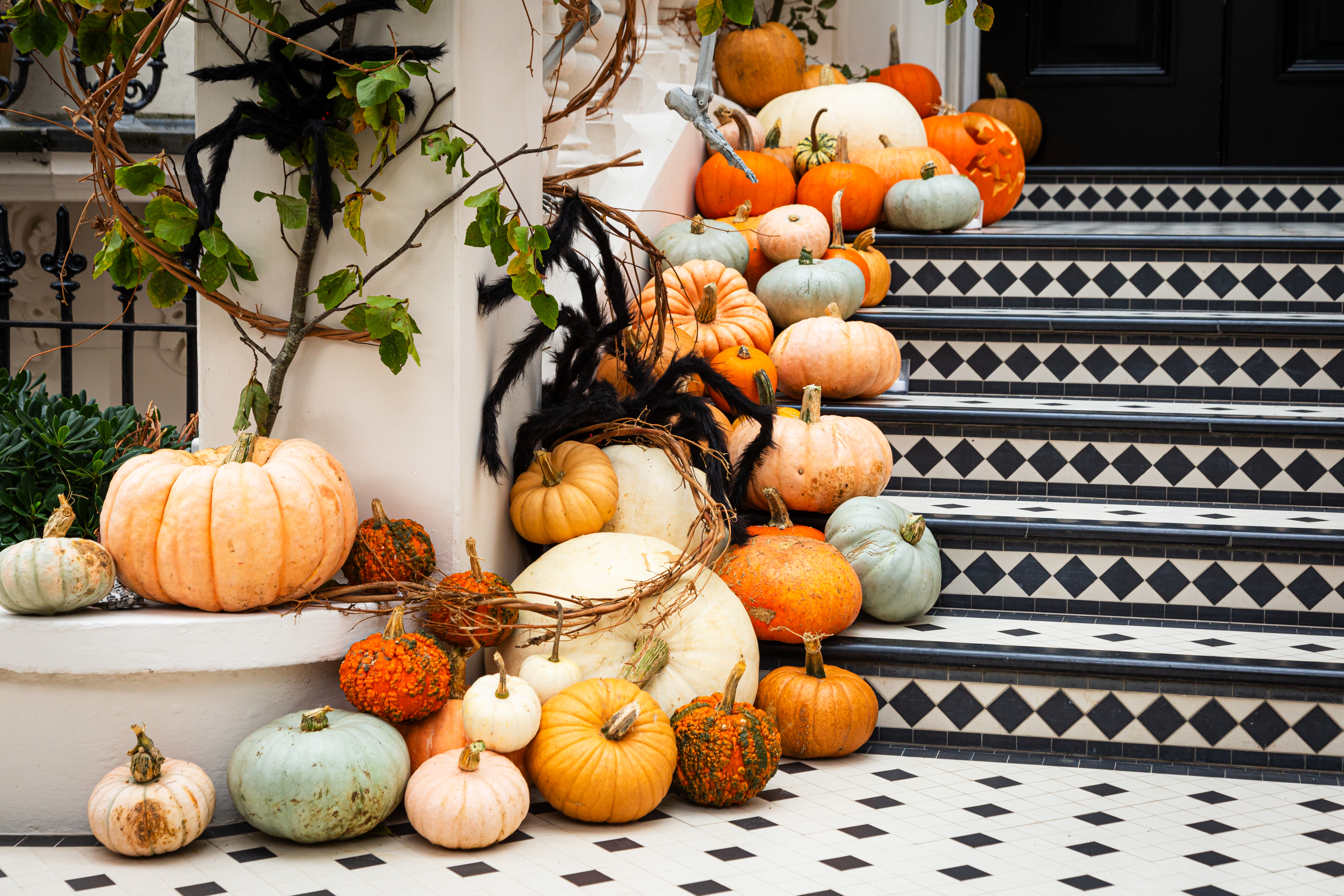
It is terribly fashionable to decry the decoration of our homes with cobwebs, bats, spiders, pumpkins, skeletons, witches and ghosts for Hallowe’en. Today’s camp creep-fest is certainly a long way from the turnip carved out slowly with a teaspoon of my Northern childhood. That altogether more austere way of marking All Hallow’s Eve was distinguished only by the smell of slowly rotting brassica root mingled with cheap candle wax, which lingered for days. If you were particularly exuberant, you might have poked marbles into the jack-o-lantern’s eyes, but that was quite enough of that, thank you.
Onwards to Bonfire Night and parkin.
However, this can be a gloomy time of year, so there is much to be said for bringing some of the late glories of the garden inside to enjoy their colours and textures. It is enormously cheering and, for the most part, free — also enormously cheering.
Mark Diacono's top growing tips
• Sow with the seed vertical, as fewer rot like this, in April and May, undercover, and harden off before planting out
• Dig a good-sized hole and fill with compost, planting your seedling in and watering well. Don’t allow compost or soil to dry out at any stage in their development
• Squash, pumpkins and gourds need the same to grow well: sun, a good rich soil, and plentiful water. Manure, feed, mulch
• Allow them to ripen as long as you can. When the frosts approach, any unharvested ones should be cut with a short stalk, as this seems to extend their shelf life. Place somewhere light and dry, but not warm — I use the greenhouse — they’ll continue to ripen a little for a week or two longer. Most will store well into the winter
This way of decorating is the opposite of a quick trolley dash around the wilder aisles of the supermarket. There is no need for cheap cobwebs and spiders. If your house is anything like mine in autumn, the spiders let themselves in without any interference from me anyway. Filling tables with arrangements of branches, leaves, seedheads and fruit is extremely pleasing. For colour, add pumpkins, squash and gourds to the happy mix. Don’t stick only to what Mark Diacono, Country Life columnist and enthusiastic grower of fruits and vegetables (see box), calls the ‘space hopper’ varieties, either. Experiment with colours, scale and textures.
There is certainly an unfortunate trend for carrying the ghoulish into the disgusting, with pumpkins carved into faces vomiting up their pulp and seeds. Far from the spirit of Constance Spry, that sort of thing may go down well with children, but I would rather take inspiration from the pioneering florist to create my own Hallowe’en schemes. Spry was famous for her arrangements, radical at the time, which drew upon Nature. As she wrote: ‘Just be natural and gay and light-hearted and pretty and simple and overflowing and general and baroque and austere and stylised and wild and daring and conservative and learn and learn. Open your minds to every form of beauty.’
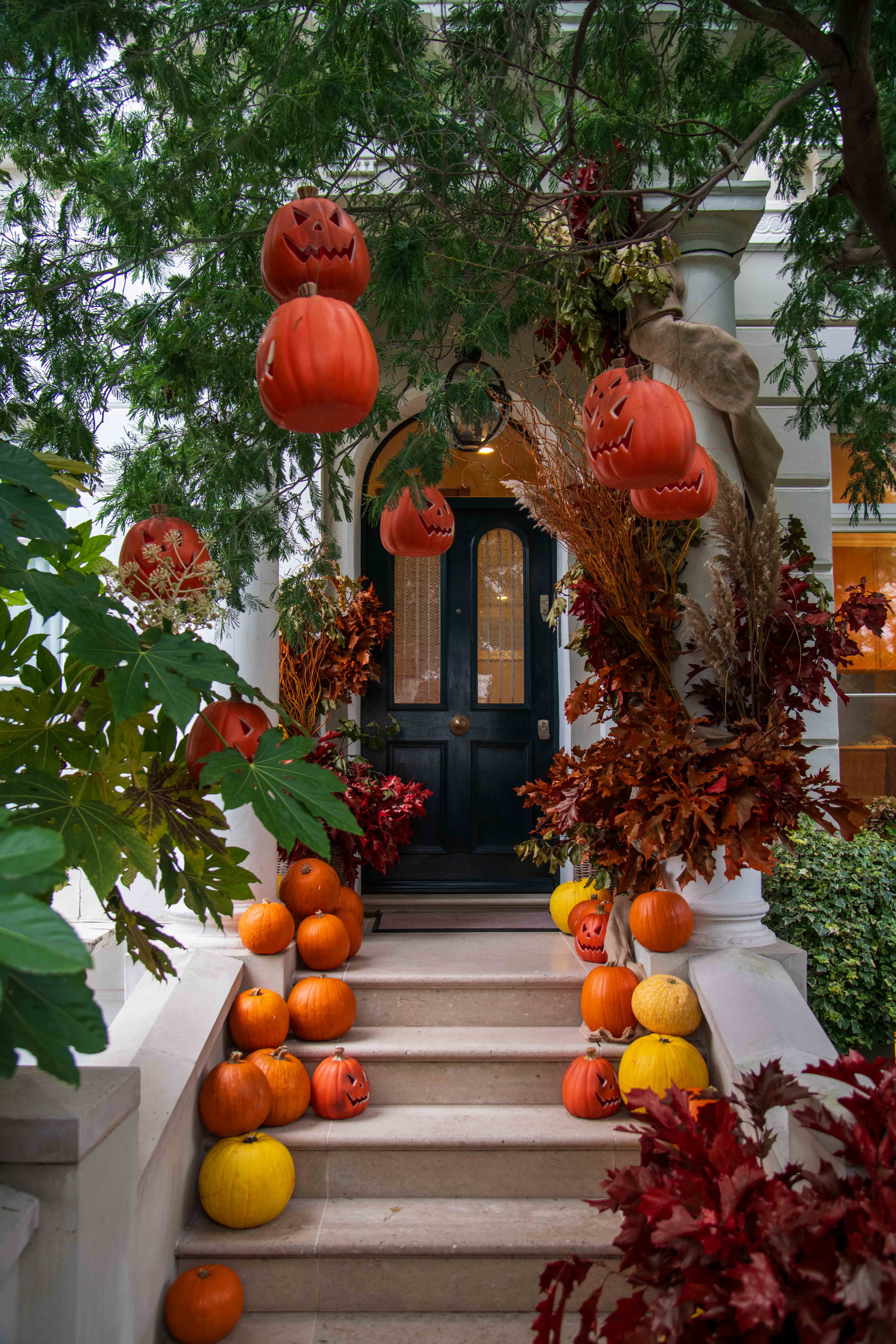
To cheer up my rooms at Hallowe’en, I combine my own pumpkins with branches from the garden, autumn leaves, seedheads from agapanthus and poppies, fading hydrangeas, bright rosehips, cotoneaster and pyracantha berries, and apples, pears and grapes. I sometimes do as Spry did and paint containers or cheap vases in natural colours to complement the arrangement. There’s no need for fancy paint, leftover emulsion will do. Throw in some dark-grey or creamy candles and you have a still life worthy of the Dutch Golden Age.
The best pumpkins and gourds
There are only a limited number of varieties available in the UK, with most sold as mixes of seed, but you can get lucky via overseas websites if they deliver here
- ‘Crown of Thorns’ for smallish, star-shaped green gourds
- ‘Bird House’, a pale green-yellow bottle gourd shaped like a cottage loaf, is really worth trying
Pumpkins
- ‘Rouge Vif d’Etampes’ is the best-flavoured pumpkin I’ve tried
- For something to carve, try ‘Gold Speck’ and, for something large enough to double as a space hopper, ‘Big Max’, which can grow to a weight of up to 45kg
Squash
- ‘Crown Prince’ has blue-grey skin and dense, orange, well-flavoured flesh
- ‘Uchiki Kuri’ is a Japanese variety with a sweet, mellow flesh, which tastes slightly chestnut-y
Available from
- Thompson Morgan, Suffolk
- Mr Fothergills, Suffolk
- Suttons, Devon
- Mark Diacono’s Otter Farm, Devon
Florist Shane Connolly, perhaps Spry’s most natural successor, declares: ‘I absolutely hate the plastic cobwebs and "scary" props that proliferate now. The decorations all over house fronts seem so excessive and non-eco-friendly. Can natural decorations ever compete? It would be a shame if not.’
Shane is firm when it comes to a fitting colour palette, too: ‘I try to avoid the pre-dominance of orange if given the choice,’ he cautions. ‘I’m deeply attracted to the grey-blue of "Crown Prince" pumpkins as a starting point for a more elegant, tasteful Hallowe’en. I’d use them on silver or pewter platters with lots of metallic-blue autumn hydrangeas, black grapes and no flowers, to give a sort of “dead toenail” colour palette by candlelight. Scary, but refined. Or I’d use heaps of creamy-white mini-gourds with fading "Annabel" and paniculata hydrangeas, in antique French creamware, with black candles to add the desired level of unearthliness.’
I have left it as long as possible, but there is no way around it. At some point, we have to get to grips with the difference between a gourd, a squash and a pumpkin. As are all menages à trois, it’s complicated. Mark explains: ‘The distinction between pumpkins, squash and gourds is blurred and even their botanical names offer little help. I tend to think that pumpkins are generally orange, gourds are often unusual in shapes and mostly inedible, whereas squash are often delicious.’ he clarifies. ‘Squash for the kitchen, a pumpkin or two for Hallowe’en and decorative gourds to weird up your plot.’
In these frugal times, it feels wasteful to dig all the pulp out of our carved pumpkins only to toss it onto the compost heap, but this is a rare moment when I don’t feel guilty about not squeezing that last gram of goodness from a vegetable. As if it weren’t challenging enough to get around their flesh, often pawed over by lots of little fingers, the enormous varieties grown especially for Hallowe’en — like so many giant vegetables — are often disappointing to eat. They can be watery and lacking in flavour. However, if you are determined, make sure you season them exuberantly and cook them long enough to drive off as much of their moisture as possible. Sweetened with brown sugar or maple syrup, heavy on the nutmeg and cinnamon, they can make a passable pie filling. Alternatively, blend them with potato in a smooth mash to go with game or fish.
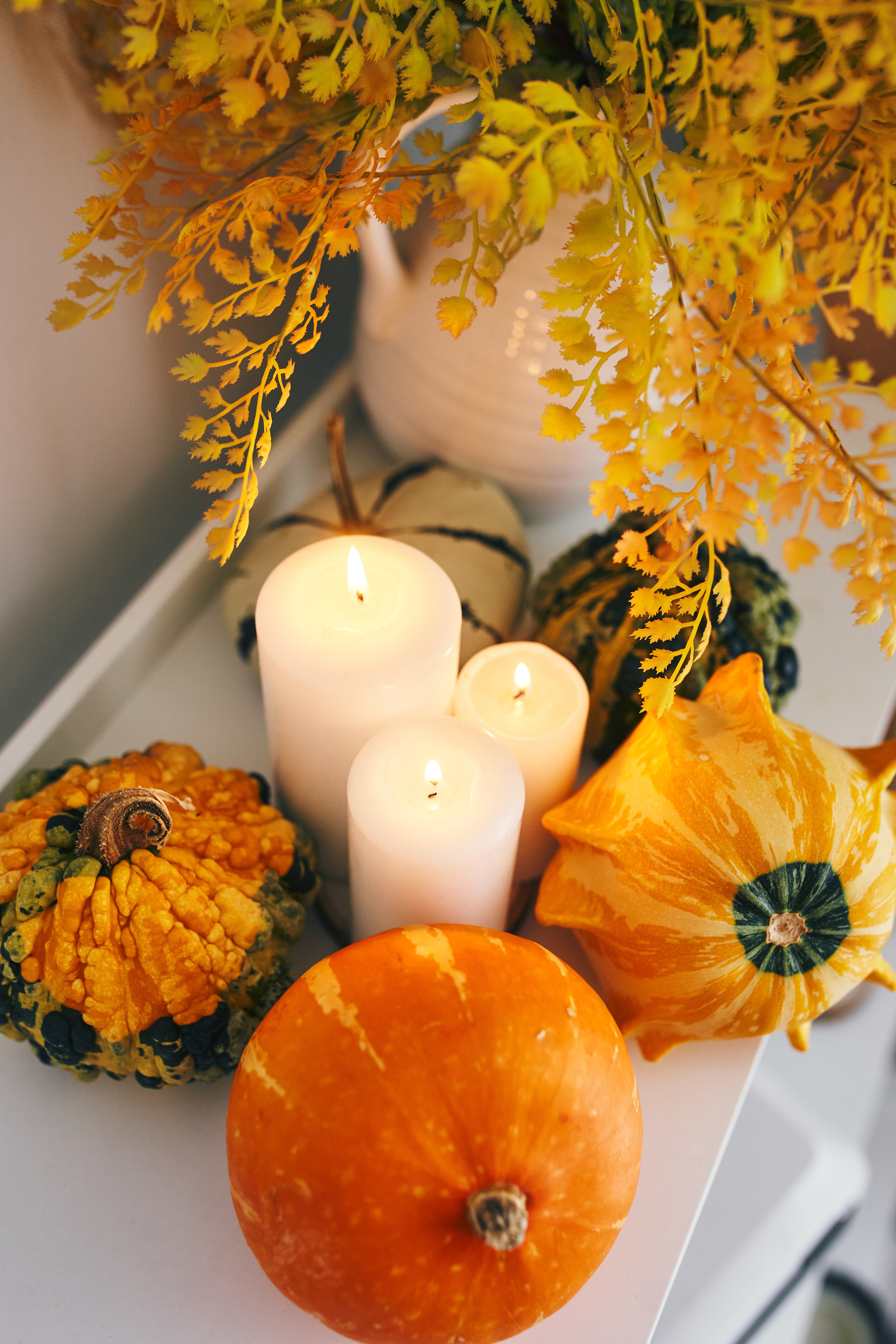
Embrace your pumpkins, gourds and squash and you will have arrangements — and dishes — to delight the eye and the palate long after the witching hour is done.
This feature originally appeared in the April 30, 2025, issue of Country Life. Click here for more information on how to subscribe.
-
 McLaren Special Operations — The secret Surrey skunkworks producing Britain's most bespoke supercars
McLaren Special Operations — The secret Surrey skunkworks producing Britain's most bespoke supercarsThere's owning a McLaren and then there's owning an MSO McLaren. James Fisher finds out what makes the bespoke division of Britain's premier supercar manufacturer so special.
-
 18 country houses across Britain, from £400,000 to £4 million, as seen in Country Life
18 country houses across Britain, from £400,000 to £4 million, as seen in Country LifeOur look at the homes to come to the market via Country Life this week picks out a charming Kent cottage and an Arts and Crafts house in Leicestershire.
-
 Making space in a Georgian terraced Chelsea cottage
Making space in a Georgian terraced Chelsea cottageGuy Goodfellow removed an internal wall to transform the sitting room of this Georgian terrace
-
 Moths and memories of the Russian Revolution: Why it's worth saving that tired old rug
Moths and memories of the Russian Revolution: Why it's worth saving that tired old rugDon’t consign that faded and tatty rug you inherited to the skip, warns Catriona Gray. A specialist repairer can work miracles on even the most unloved pieces
-
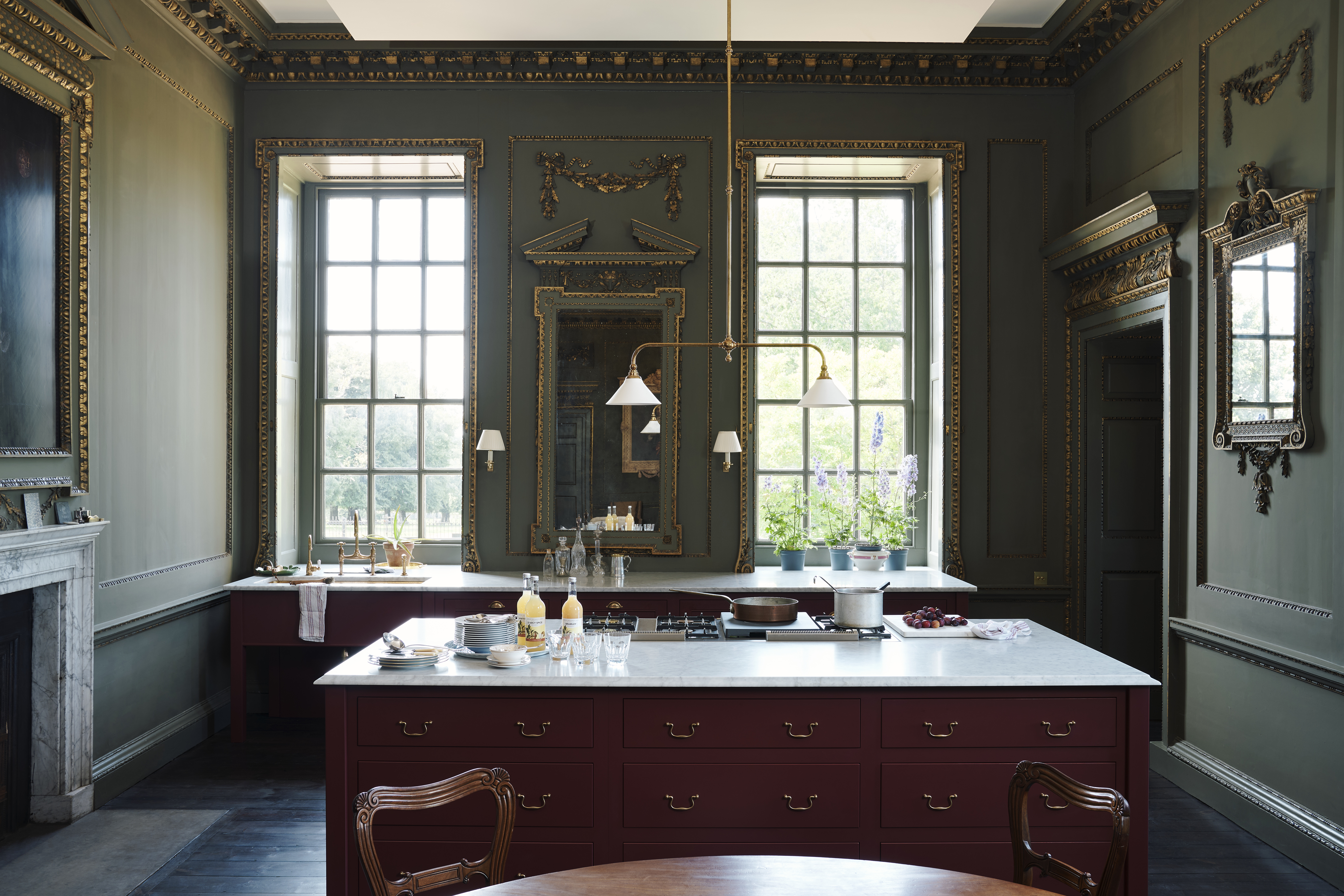 How one family went about creating a welcoming kitchen in one of England's neo-Palladian houses
How one family went about creating a welcoming kitchen in one of England's neo-Palladian houses‘We were nervous about creating a kitchen in such a grand room.'
-
 How do you make a 300-year-old Baronial castle fit for modern-day living?
How do you make a 300-year-old Baronial castle fit for modern-day living?A mix of sympathetic colours and elegant furniture has brought new life to this impressive space at Aldourie Castle.
-
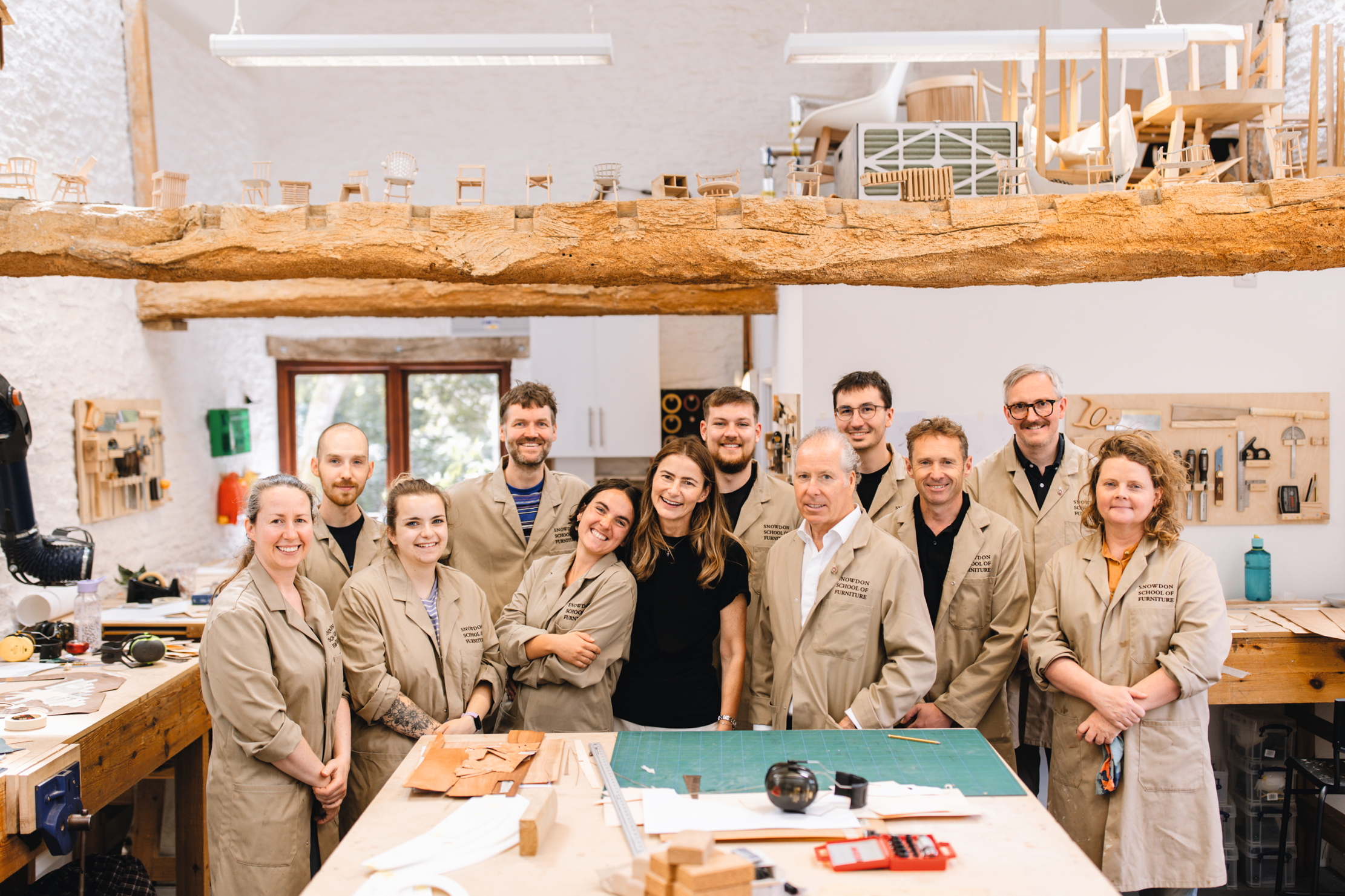 At the Snowdon Summer School, the future of design lies in the traditions of the past
At the Snowdon Summer School, the future of design lies in the traditions of the past'It was the first time that I had ever been around people who shared my interest in making furniture at such a high level — and who shared my passion for fine furniture.'
-
 It's a perfect storm for the revival of eclecticism, and we're in the middle of it
It's a perfect storm for the revival of eclecticism, and we're in the middle of itIn design, periods of purism are often followed by a dramatic new mood. Now, the scene is set for an exciting revival of eclecticism.
-
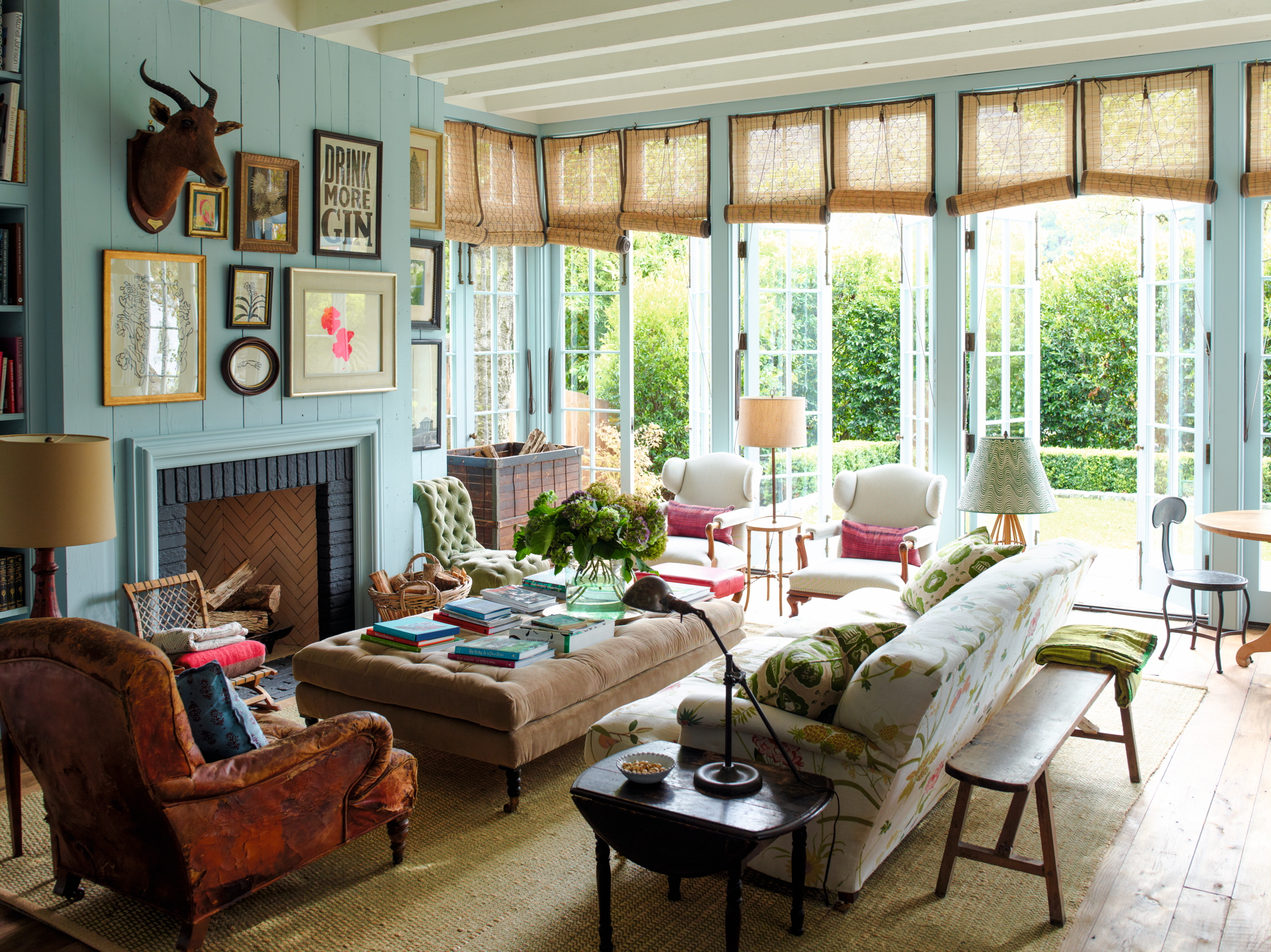 For Rita Konig, interior design isn’t only about coherence and comfort — it should be a celebration of stuff
For Rita Konig, interior design isn’t only about coherence and comfort — it should be a celebration of stuffGiles Kime charts the transatlantic career of the eclectic journalist-turned-designer.
-
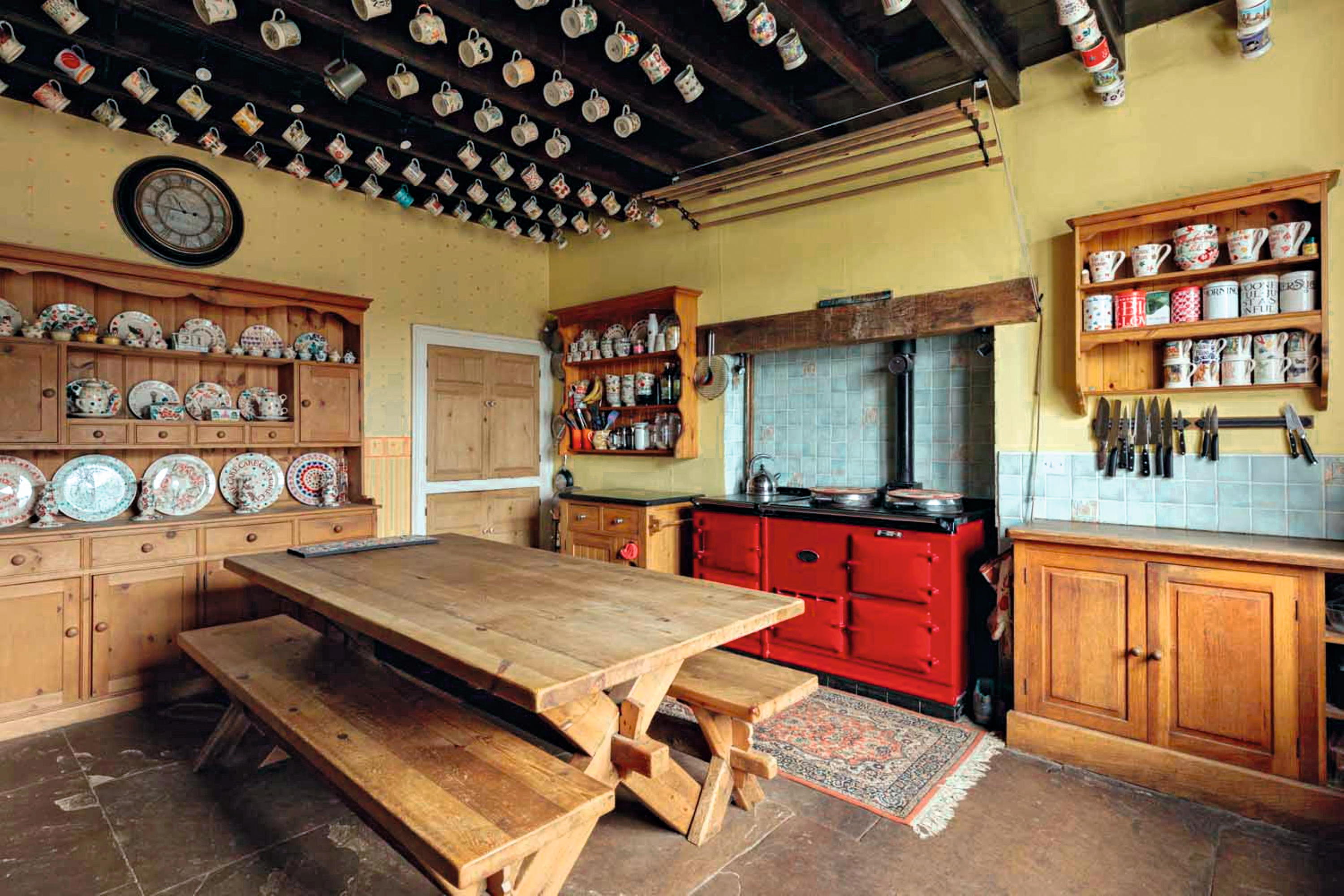 Farmhouse kitchens done right at these five beautiful country houses across Britain
Farmhouse kitchens done right at these five beautiful country houses across BritainA country house with a farmhouse kitchen is the archetype of the bucolic dream in Britain. Arabella Youens picks out five on the market right now that have wonderful examples.